Description
It is a flowering plant species in the palm family, Arecaceae, cultivated for its edible sweet fruit.
Phoenix dactylifera, commonly known as date or date palm, is a flowering plant species in the palm family, Arecaceae, cultivated for its edible sweet fruit. Although its place of origin is unknown because of long cultivation, it probably originated from lands around Iraq. The species is widely cultivated and is naturalized in many tropical and subtropical regions worldwide.Date trees typically reach about 21 to 23 metres (69 to 75 ft) in height, growing singly or forming a clump with several stems from a single root system. The leaves are 4 to 6 metres (13 to 20 ft) long, with spines on the petiole, and pinnate, with about 150 leaflets. The leaflets are 30 cm (12 in) long and 2 cm (0.79 in) wide. The full span of the crown ranges from 6 to 10 m (20 to 33 ft).Dates have been a staple food of the Middle East and the Indus Valley for thousands of years. There is archaeological evidence of date cultivation in eastern Arabia between 5530 and 5320 calBC. They are believed to have originated around what is now Iraq, and have been cultivated since ancient times from Mesopotamia to prehistoric Egypt. The Ancient Egyptians used the fruits to make date wine, and ate them at harvest.Plant Specifications*above specification are indicative only. actual dimensions may vary by +-10%
Common Name
Phoenix dactylifera, commonly known as date or date palm,khajoor,
Maximum Reachable Height
Height: 1.00 to 3.00 feetSpread: 0.50 to 1.00 feet
Difficulty Level
Easy
Planting and careAfter planting date palms, you will need to follow good date palm tree care. In addition to irrigation and support, palms need good nutrient management and pest and disease control. Manure makes an excellent fertilizer in early spring. You can also use a palm tree fertilizer high in potassium. Watch for pests and disease and deal with them quickly as they arise. Once trees are established, you will rarely need to water them. Date palms prefer dry soil and excess moisture can inhibit growth. Keep weeds and turf away from the base in a radius of five feet. In areas where production is possible, thin fruit by one-half. This increases the size of fruit and ensures a crop the next year. Tie the ripening clusters to an adjacent branch for support and use netting to protect the fruit from birds.Date palm care
Date palms require well-drained deep sandy loam soils with pH 8-11.The soil should have the ability to hold the moisture.the soil should also be free from calcium carbonate.
Sunlight
Full sun
Watering
Medium
Soil
Date palms require well-drained deep sandy loam soils with pH 8-11.The soil should have the ability to hold the moisture.the soil should also be free from calcium carbonate
Temperature
Date palm growing requires temperatures above 20 degrees Fahrenheit (-6 C.) to survive. Pollination takes place at 95 degrees (35 C.) and fruits need dry, hot temperatures with warm nights.
Fertilizer
Add a general purpose fertilizer before planting if the soil is poor. After the flowers have died off, cut the plant back to about six inches. Then add some general purpose fertilizer. This will promote new growth and a second bloom.
Date palm special feature
deer resistantnon-aggressivenon-invasivefragrant
Date palm uses
Ornamental Use:
Where craft traditions still thrive, such as in Oman, the palm tree is the most versatile of all indigenous plants, and virtually every part of the tree is utilized to make functional items ranging from rope and baskets to beehives, fishing boats, and traditional dwellings
Culinary Use:
fruit is eaten called khajoor
syrup or jam is made from its fruit

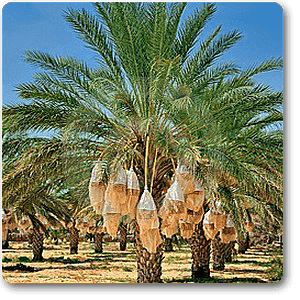
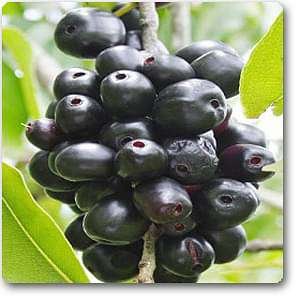
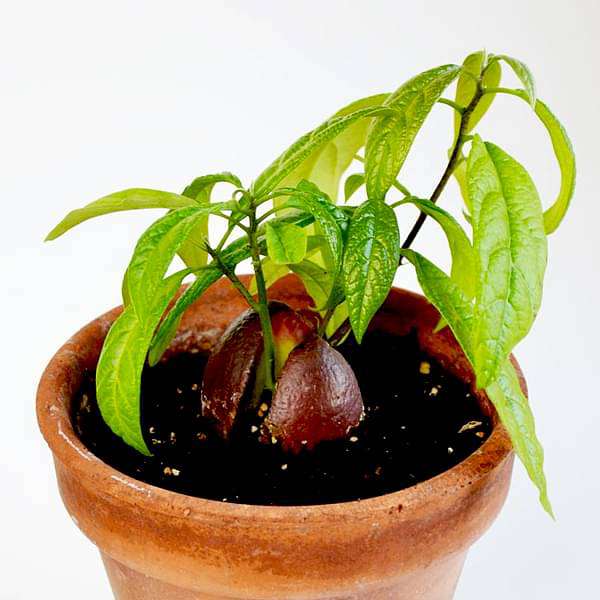
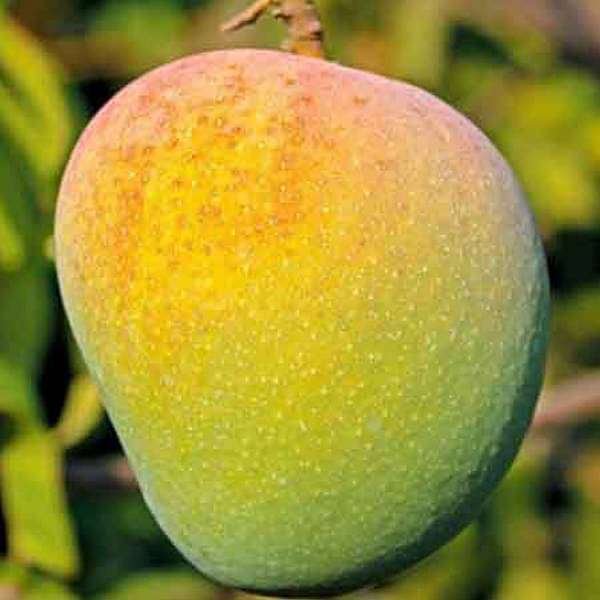
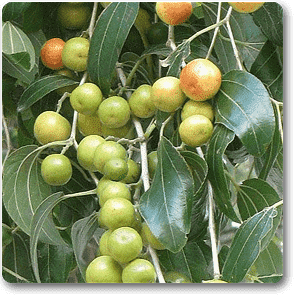
Reviews
There are no reviews yet.